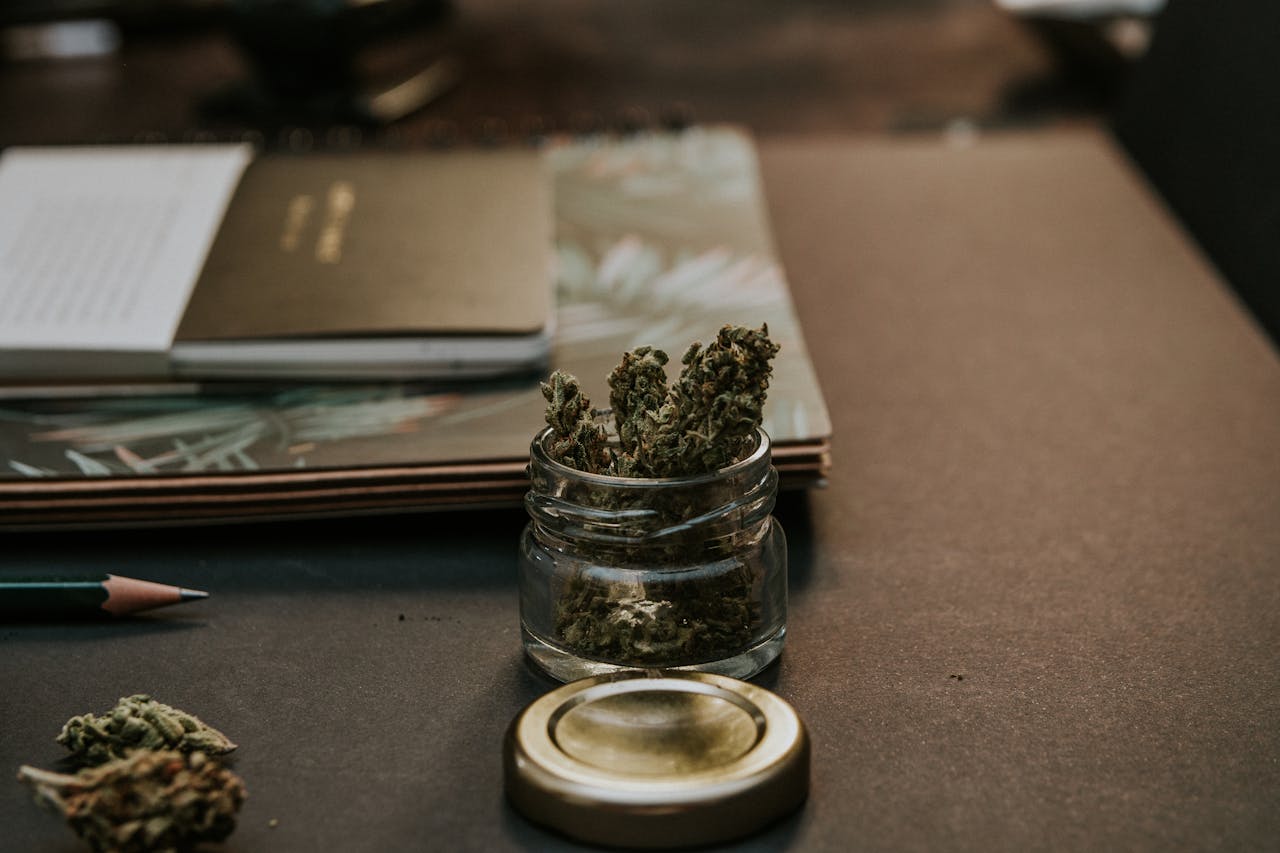Why Do Some Cannabis Strains Remain Popular While Others Disappear?

Cannabis culture has a long memory. A few strains manage to stick around for decades, passed from grower to grower, always in demand. Others barely last a season. What separates the enduringly popular from the short-lived names?
It’s not just about THC levels or catchy names. Popular strains earn their place by proving themselves over time — in grow rooms, in the community, and through documented results like the ones found in Grow Diaries that detail strains like White Widow. This article breaks down the factors that underpin a strain’s popularity.
1. Genetic Stability and Breeding Quality
A popular strain starts with solid genetics. Breeders who carefully stabilize their cultivars over several generations ensure that each plant grows predictably — same flowering time, same structure, same cannabinoid profile.
Why does this matter? Because growers need reliability. If two growers plant the same strain but end up with totally different results, trust disappears. That’s why White Widow remains relevant decades later. It’s been stabilized over years, producing consistent phenotypes and balanced effects.
Strains that fade often suffer from poor breeding — too many phenotypic variations, unstable hybrids, or rushed releases that weren’t tested across different environments.
2. Growability: Performance Matters
Popular strains aren’t just potent; they’re also grower-friendly. A strain that resists pests, handles training techniques (like LST or ScrOG), and thrives in both soil and hydro environments will build a following.
Growers share their experiences, both good and bad. If a strain performs consistently and yields well, it gets talked about — especially in online grow logs. For example, in grow diaries, you’ll find hundreds of grows with detailed notes on nutrients, flowering time (usually 8–9 weeks), and common phenotypes. That level of documentation builds confidence.
On the other hand, if a strain is finicky, has poor yields, or shows inconsistent results, it tends to disappear quietly, no matter how hyped it was at launch.
3. Market Timing and Cultural Trends
Even the best strain can go unnoticed if it hits the market at the wrong time. Cannabis trends shift — from high-THC powerhouses in the 2010s to today’s focus on terpenes, flavor, and balanced experiences.
White Widow emerged in the 1990s when hybrids were gaining traction. It offered a balance of indica and sativa effects: uplifting but calming, cerebral but not overwhelming. That made it versatile — and appealing to both medicinal and recreational users. Right strain, right time.
In contrast, many strains that don’t catch on simply miss the cultural wave. A strain with subtle effects might launch during a THC arms race. Or a complex terpene profile might go unnoticed if consumers are still focused on basic potency.
4. Community Support and Documentation
No strain becomes ppoular in isolation. Community plays a huge role. When growers, consumers, and breeders talk about a strain, document their grows, and recommend it to others — that’s how a strain builds a legacy.
Growers rely heavily on what others have experienced. Photos, dry weight reports, terpene analysis — this kind of transparency fuels trust.
Without community conversation or proper documentation, even great strains can fade into obscurity.
5. The Role of Awards and Media Recognition
Competitions like the High Times Cannabis Cup still matter. White Widow won big early on, and those wins helped cement its reputation. Media coverage gives strains visibility and puts them on the radar of growers and dispensaries.
But attention alone isn’t enough. Plenty of award-winning strains haven’t stood the test of time. What makes the difference is whether the strain keeps delivering — across different grows, different climates, and different user expectations.
6. Versatility in Effects and Use Cases
A strain that is said to meet multiple needs — relaxation, creativity, pain relief, stress management — is more likely to become an established name. Narrow-use strains might have a niche following, but they don’t always go mainstream.
White Widow remains popular for both social and solo use, day or night, with manageable effects. That versatility keeps it accessible to new users and still satisfying for veterans. It’s not considered overwhelming but it is still potent — ideal for both flower and extract formats.
7. Data and Accessibility in the Digital Age
We live in a data-driven cannabis era. Growers can track pH, EC, nutrients, and environmental changes with apps and smart sensors. This precision has made it easier to analyze what really works and why.
Platforms where people share their results — from germination to harvest — offer a goldmine of data. It’s one reason why strains that are well-documented in grow diaries stay visible. The community can see exactly what to expect and how to achieve those results.
Final Thoughts
Strains which achieve popularity do so by ticking multiple boxes: strong genetics, consistent performance, community support, perfect timing, and real documentation. They’re not just hyped; they’re proven.
Meanwhile, strains that disappear often fall short on one or more fronts. Maybe the genetics weren’t stabilized, or the effects didn’t match the expectations. Maybe the timing was off, or there wasn’t enough support to keep them alive in the community conversation.
In a constantly evolving cannabis landscape, the strains that last aren’t just the strongest. They’re the most trusted — and the most talked about.